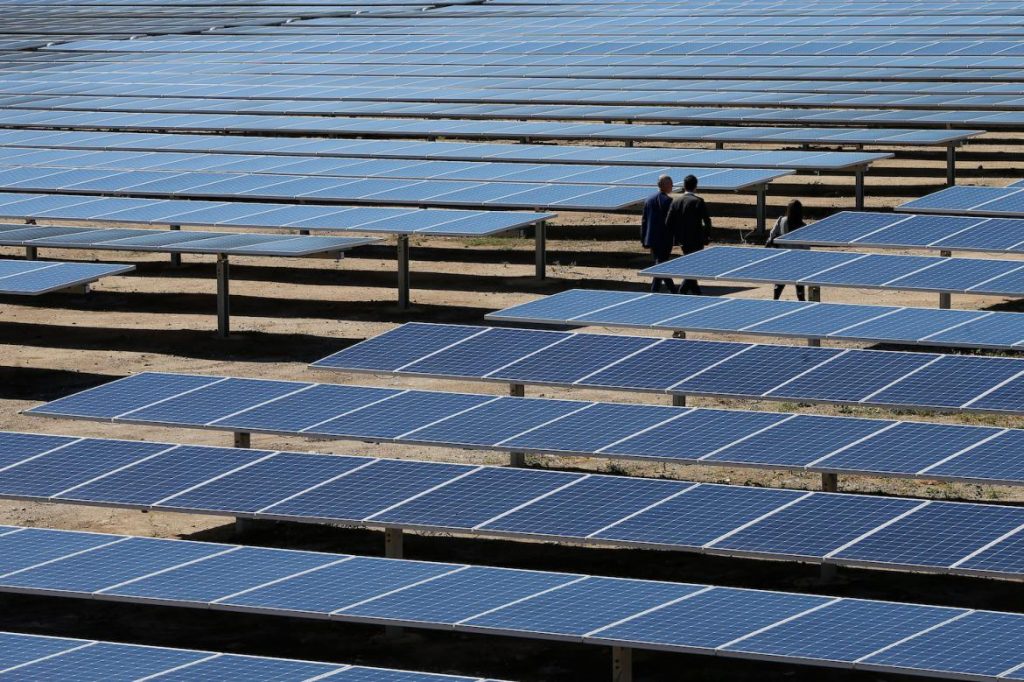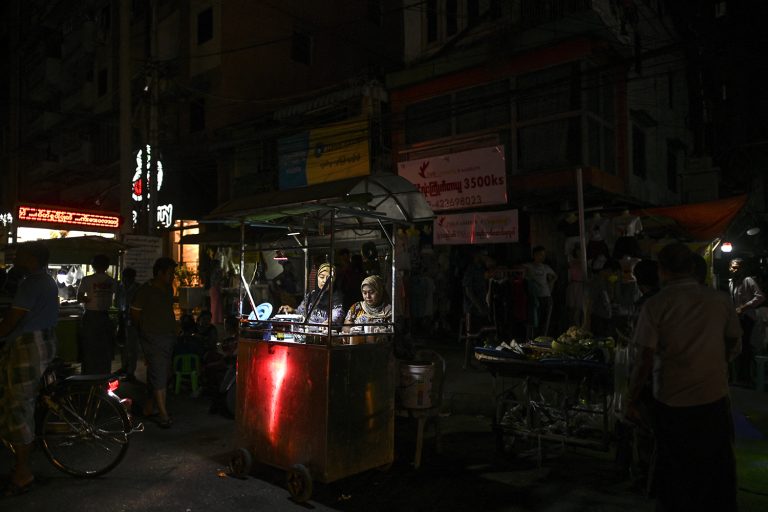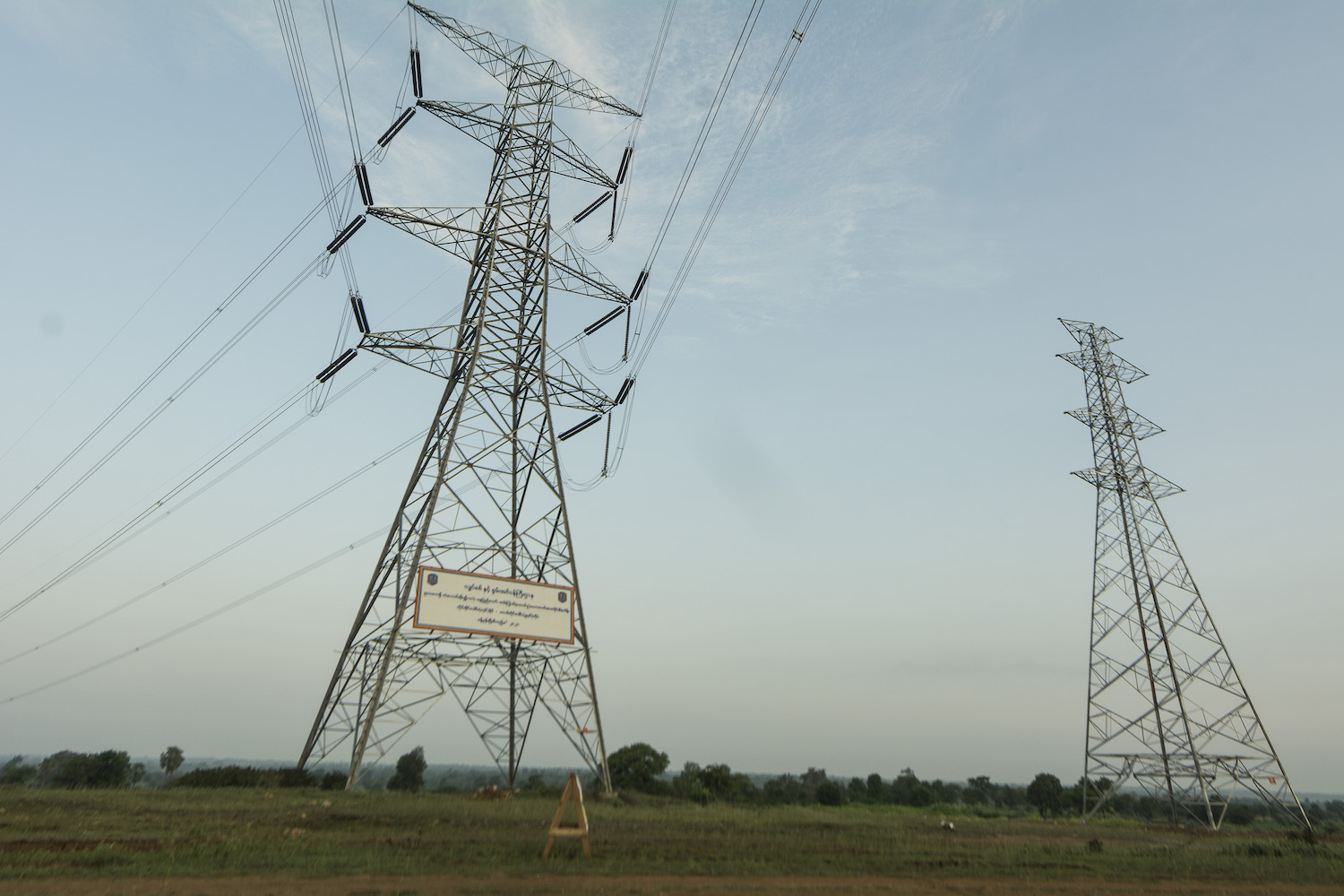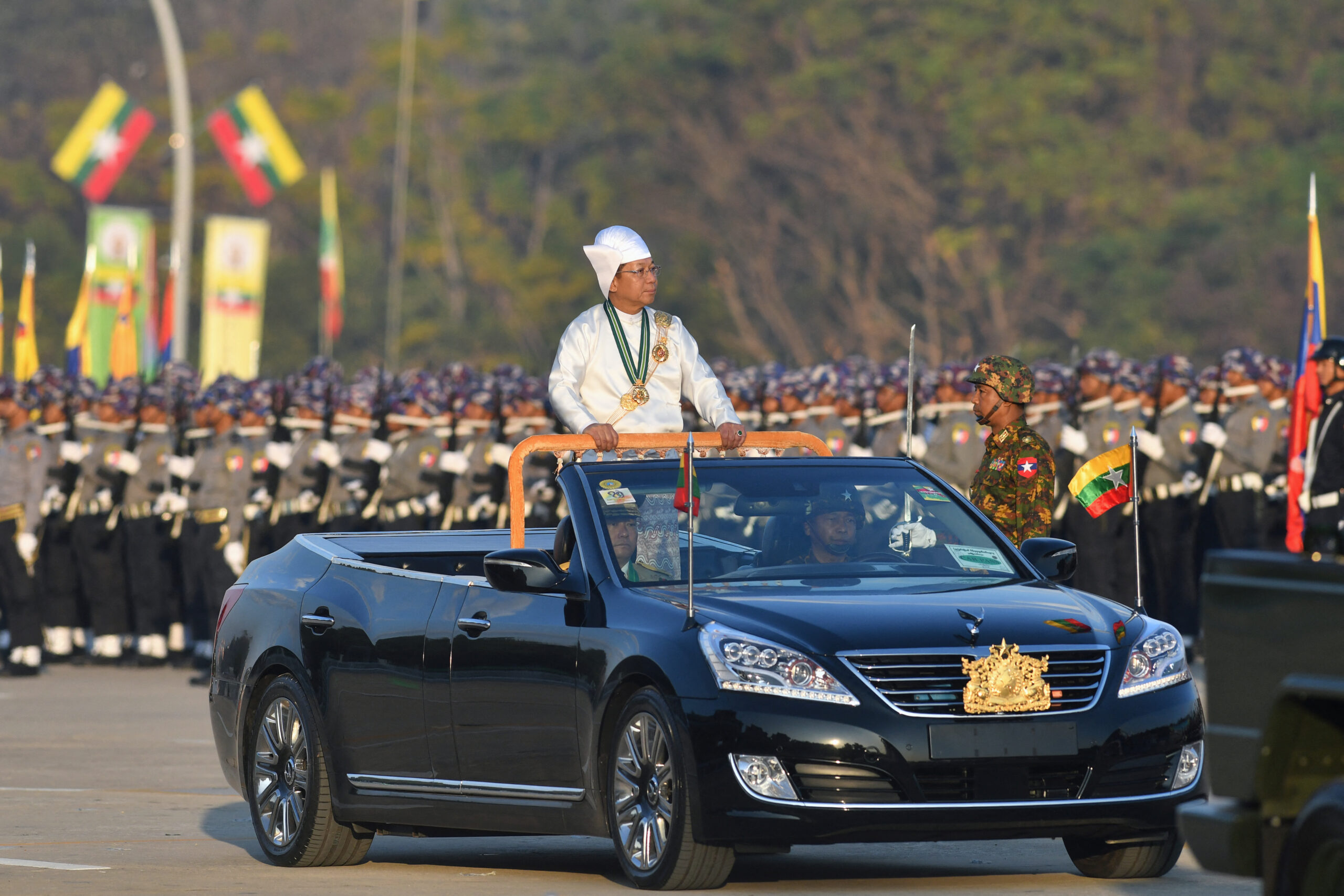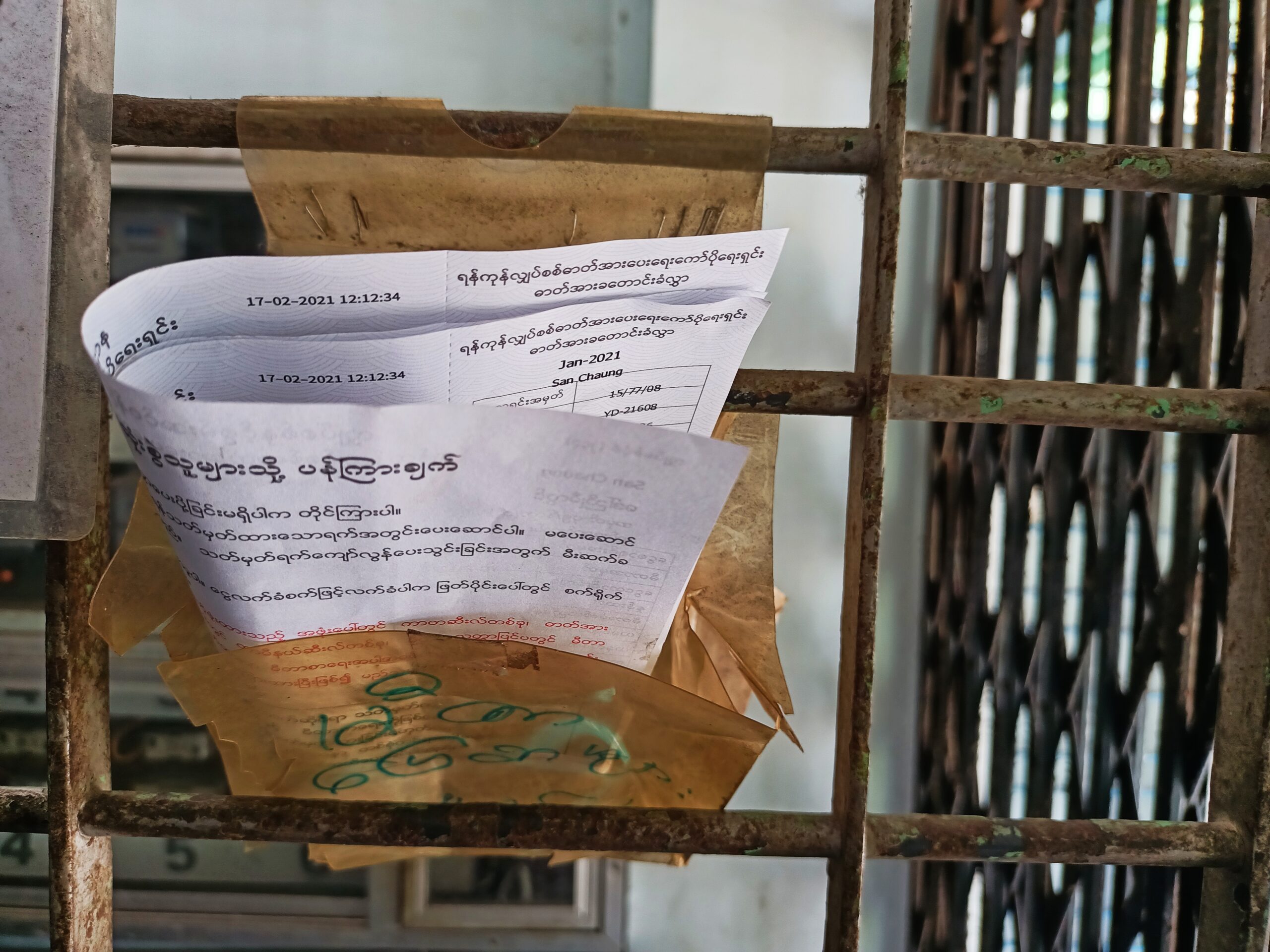The Ministry of Electricity and Energy has issued a tender for 1,060 megawatts of on-grid solar power but given investors just a month to prepare bids at a time when they are unable to enter or travel around the country.
By THOMAS KEAN | FRONTIER
Investors and analysts have urged the government to extend the deadline of a tender for up to 1,060 megawatts of solar power, arguing that bidders have not been given enough time to prepare proposals and the government is unlikely to get the best possible price.
The Ministry of Electricity and Energy’s Electric Power Generation Enterprise announced the tender on May 18, setting a closing date of June 18 for bids. The tender covers 30 sites and invites proposals for projects ranging from 30 to 50MW. The winning bidders will be granted 20-year concessions.
The tender had been eagerly anticipated and was expected to attract strong interest from foreign investors. But the decision to call it during the COVID-19 outbreak and with a short window to prepare proposals has been greeted with dismay and anger, souring what should have been a milestone for the power sector and a major success story for a government keen to attract foreign investment.
Although the tender is still likely to attract significant interest, observers said the limitations will reduce the number of bids and likely drive up the final price.
Support independent journalism in Myanmar. Sign up to be a Frontier member.
“To ask companies to bid on something this complex in just one month… it’s totally outrageous,” said one prospective solar investor. “The world is awash in capital to invest in solar. Why would you do anything that limits the opportunities for that capital and those players to enter the market? Moving quickly like this just limits the choices and the opportunities for Myanmar.”
Others were more restrained in their criticism, acknowledging the significance of the ministry having finally announced the tender but insisting that bidders should be given more time.
“We’ve been waiting for a solar tender for the last three or four years so it’s great to see it finally released,” said U Lin Tun, who worked in the power business in the United States for 25 years before returning to Yangon to set up Quasar Resources in 2013.
His company has previously submitted a proposal for a solar plant in Sagaing Region to the ministry, and plans to bid in the tender. But he said more time would result in a better outcome for the country.
“Right in the middle of the COVID-19 outbreak, it is extremely challenging to meet the very short deadline of one month. Even under normal times, tenders like this need two to three months to provide sufficient time to attract quality bidders.”
The majority of proposed solar sites are in Myanmar’s central Dry Zone, with 240MW in Magway Region, 150MW in Mandalay Region, 130MW in Sagaing Region and 110MW in Nay Pyi Taw. The rest are in Bago and Ayeyarwady regions, with one proposed site in Yangon.
COVID-19 prevention measures make it difficult for investors to enter the country, let alone visit the proposed sites. Myanmar is closed to international commercial flights until at least the end of May and anyone who enters the country – besides diplomats and UN officials – has to quarantine at a government facility or hotel for 21 days. Facility quarantine is also required when crossing many state and region borders.
U Zeya Thura Mon of RGK+Z&A Group said his company planned to participate in the tender with its foreign partners but it would be difficult to meet the deadline.
“It’s a difficult job, a really tall order,” he said. “When you have a tender, people have to come into the country to participate. But now our partners can’t come, so we can only talk with them online. I can’t even go to Mandalay or Nay Pyi Taw myself.”
“If many people ask for an extension, I think it will happen … if it is three months it will be good.”
But U Ye Tun Zaw, superintendent engineer at EPGE, said that the ministry believed one month was long enough to prepare bids.
“Our criteria is not too much. You can easily prepare the documentation. So we think one month is long enough,” he said.
“Some companies can do it within one month, but they don’t talk to you. Just the companies that can’t do it spoke to you.
“We have not received any requests from companies to extend the deadline,” he said. “If they request an extension, we will consider it. But it is our decision.”
‘You’re probably too late’
One of the key challenges for bidders is securing land, as solar plants generally require at least 5 acres per megawatt. The tender document states that bidders need to show evidence of land acquisition when submitting a bid.
Mr Nishant Choudhary, partner at the Myanmar office of DFDL, a legal advisory firm, said that even companies with an established presence in Myanmar would find it “extremely difficult” to comply with the land acquisition requirement.
The design of the tender is likely to discourage many prospective bidders, Choudhary said, and this lack of competition could result in the government paying a higher price for power that it would have otherwise.
The tender design will also potentially give some companies a significant advantage, industry sources say, because only those who had previously acquired sufficient land close to the 30 proposed connection points will likely be in a position to bid.
“If you have to start from scratch now, you’re probably too late,” Mr Edwin Vanderbruggen of legal advisory firm VDB Loi said during a webinar about the tender organised by the firm on May 22. “You’re going to have to talk to 20 different landowners without being able to go there … it’s basically impossible.”
Zeya Thura Mon agreed that land acquisition was “a problem” and said companies that had previously submitted proposals for solar projects to the ministry would have an advantage. “They already have the land. They are ready to go,” he said.
The tender does however give EPGE the right to waive any of the rules at its own discretion.
Critics pointed to several other potential problems, such as the requirement that operations begin within 180 days of signing a letter of agreement with EPGE. Vanderbruggen highlighted the challenges of arranging finance in such a short period of time. There are also tax concerns: Choudhary said it was “impractical and discouraging” to require the bid price be inclusive of all taxes, given it was not feasible to estimate how tax rates may change over the 20-year contract period. Bidders will factor this uncertainty into their proposed tariff, he said, resulting in a higher price.
The challenges with the solar tender mean EPGE is unlikely to get anything like the bids seen in recent auctions in Cambodia and Thailand. When Cambodia’s Electricite Du Cambodge announced a 60MW tender in February 2019, it gave bidders three months to submit proposals and also provided the land and transmission access. The winning bid was just 3.877 US cents per kilowatt hour – a record low for Southeast Asia, according to the Asian Development Bank, which supported the auction. Similarly, when Malaysia announced an auction for 500MW of solar projects in February 2019 under the third phase of its large-scale solar programme, it gave bidders until August to prepare proposals. The auction attracted 112 bids for more than 6,700MW of generation capacity, and the lowest bid came in at 4.2 cents.
Some have drawn comparisons between Myanmar’s solar tender and last year’s emergency power tender, which also gave bidders just a month to prepare proposals for incredibly complex projects requiring hundreds of millions of dollars of investment. The ministry received just a handful of bids for the liquefied natural gas projects, all of which were won by the same consortium, comprising Hong Kong’s VPower and state-owned China National Technical Import and Export Corporation. The projects were due for completion on April 3 but are yet to come online.
“The emergency power tender failed to deliver a diversity of winners, and it remains to be seen if the solar tender will face the same challenge,” said Mr Jordan Zele from Myanmar Energy Monitor, a research and analysis service.
But while the urgency of that tender was arguably justified given expectations of power shortages in 2020, it’s less clear why the solar tender is being run to such a tight schedule.
A spokesperson for the ministry’s deputy permanent secretary U Soe Myint also defended the tender timeframe, saying that under a 2017 government directive the ministry was only required to give one month’s notice. “We usually just give one month,” the spokesperson said.
Although the government’s COVID-19 Economic Relief Plan, which was released in late April, included renewable energy development in a section on promoting investment to stimulate the economy, it mentions nothing about a tender.
It only calls on the Ministry of Electricity and Energy to “expedite the solicitation” of renewable energy projects for inclusion in the government’s Project Bank “after monitoring cost developments to assess the quality of available deals”. It set a target of having the procurement process for at least five projects started before the end of the year.
Ye Tun Zaw from EPGE said he was unaware if the COVID-19 relief plan had been a factor in the decision to call the tender or set a one-month deadline.
The ministry goes it alone
The scale of the tender marks a significant shift for the Ministry of Electricity and Energy. Although Myanmar has set an official target of at least 2,000MW of solar capacity by 2030, officials have traditionally has been more eager to pursue thermal and hydropower than more environmentally friendly sources like wind and solar. Over the years, they have put forward a range of reasons for not pursuing more solar projects, including price and the difficult of managing the variable supply.
Despite strong interest from investors, who have submitted dozens of unsolicited proposals for utility-scale solar projects to the ministry, the government has signed just two power purchase agreements for solar plants, both in March 2016, shortly before the Union Solidarity and Development Party government handed over power to the National League for Democracy. Of those, only 40MW has come online – the first phase of a proposed 170MW at Minbu in Magway Region. The ministry has also rejected numerous offers of technical assistance for developing solar power for the national grid, Frontier understands.
But things began to change more than a year ago, when the ministry came under pressure from senior government figures to get solar projects moving.
In February last year, the President’s Office established a National Renewable Energy Committee to accelerate development of solar, wind and hydropower projects. The committee, which includes members of several different ministries and some industry bodies, has since met three times.
Renewable Energy Association of Myanmar general secretary U Aung Myint said the committee’s discussions had focused on tenders for on-grid projects, particularly at the most recent meeting in March.
“That’s the only issue they’re interested in,” he said, referring to officials from the ministry.
At the March meeting, ministry officials went through the unsolicited proposals they had received for solar projects, Aung Myint said, and told attendees they would use them as the basis for an upcoming tender. But this appeared to be the last that many of the other members of the committee heard on the matter.
“The Ministry of Electricity and Energy totally monopolised those tenders,” Aung Myint said. “They didn’t discuss the process or the tender date in the meeting … it is better if they discuss it because this is a national committee.”
At the same time, over the past year the New Zealand government has been providing support to the ministry to design and implement a competitive tender for grid-connected solar under a US$6.2 million programme focused on renewable energy development.
The recent tender though was not developed as part of this project, Mr Steve Marshall, New Zealand’s ambassador to Myanmar, told Frontier.
“We are not directly involved in the preparation and release of this tender,” he said. “The Ministry of Electricity and Energy has released the tender for solar power projects according to their existing procedures and timeframes.”
Marshall said New Zealand remained willing to help the government address “any practical issues” with the tender that could affect “the quantity and quality” of bids received.
Some observers are urging the government to review the tender before it goes any further.
Lin Tun said there should be a “proper tender launch” and meetings with prospective bidders to address their concerns.
“Given that this is the first renewable tender, it is extremely important to do it right as it will set the tone for future tenders,” he said. “We want to tell the world we are open to renewable power in Myanmar.”


